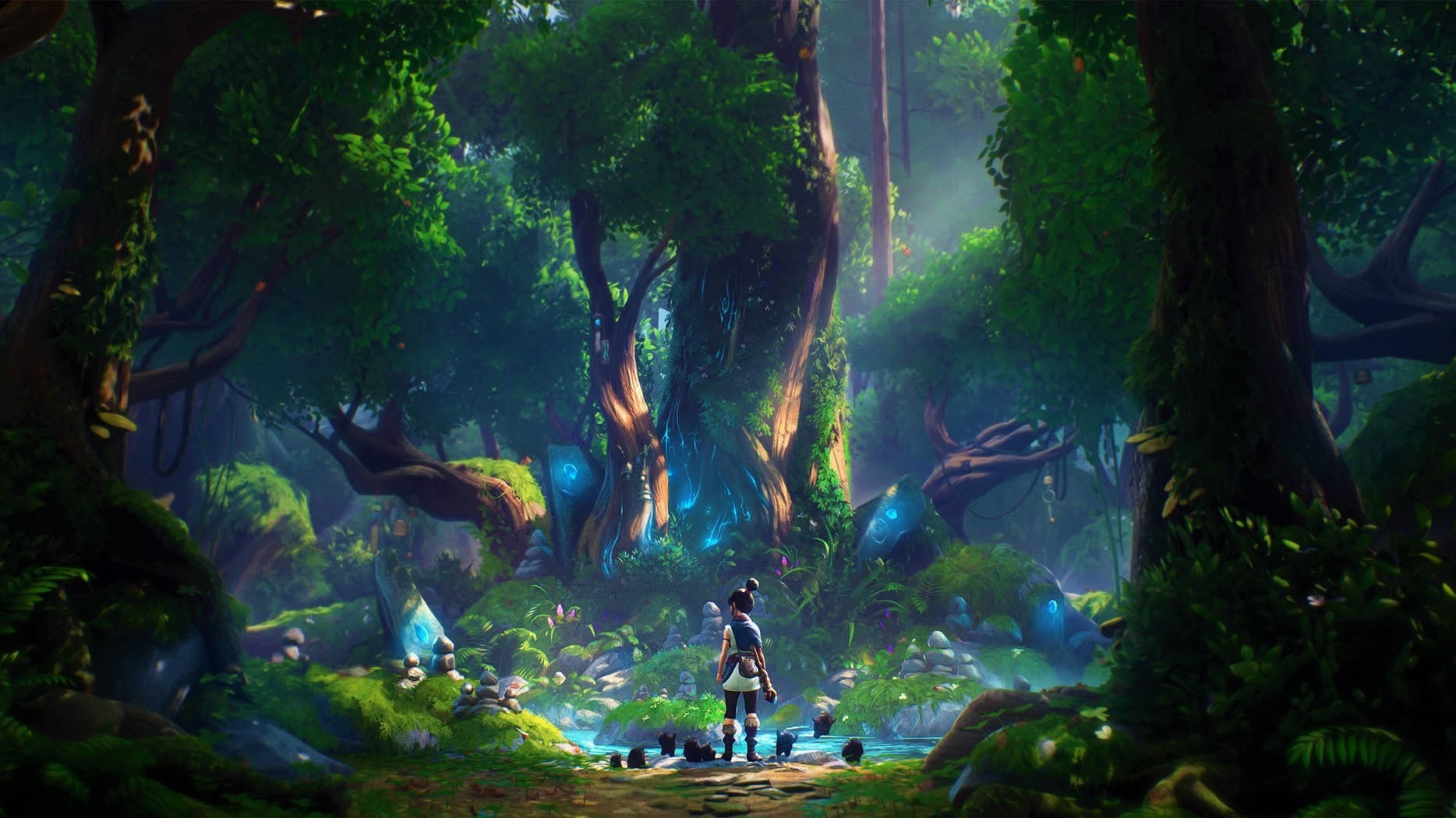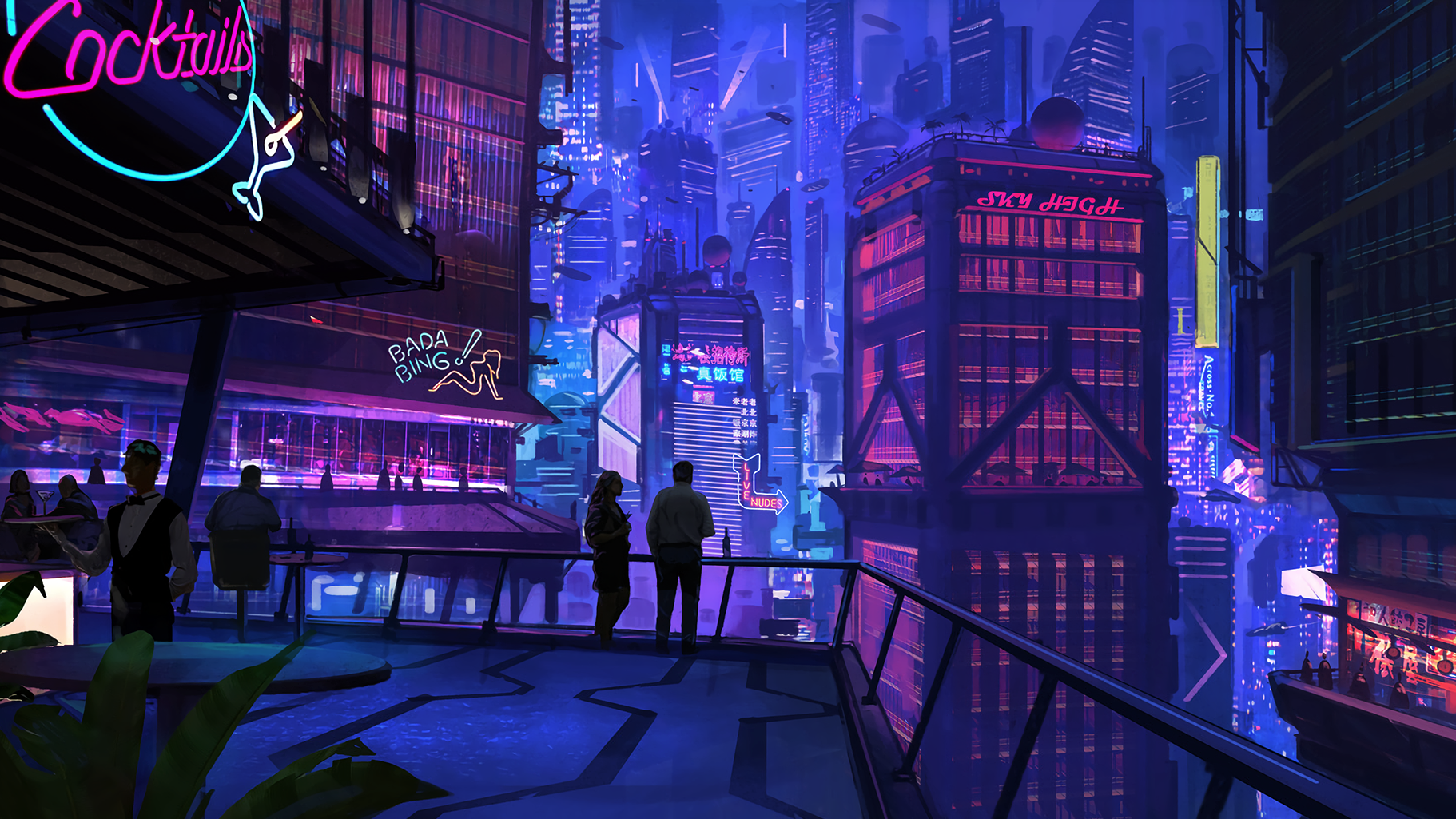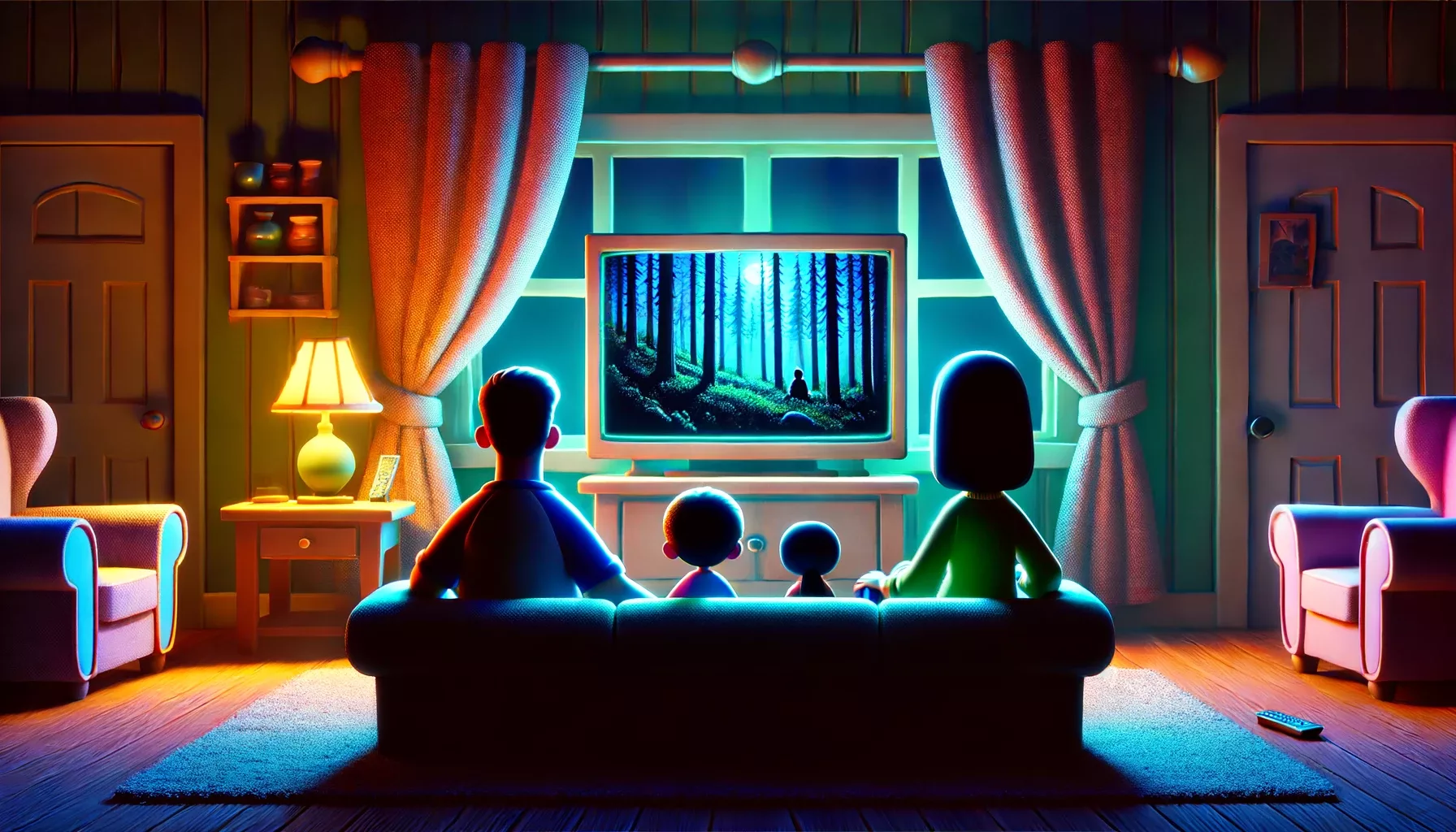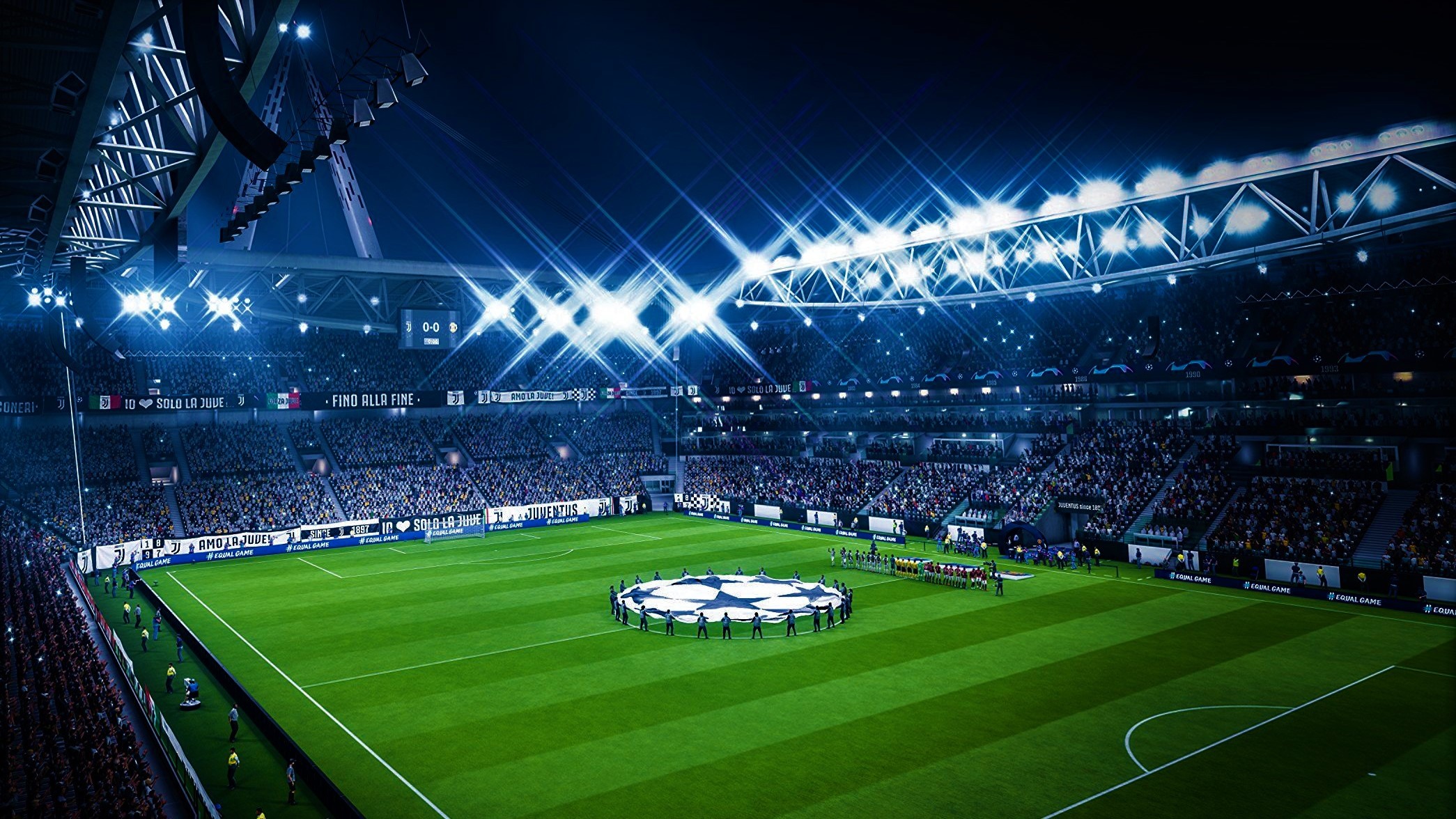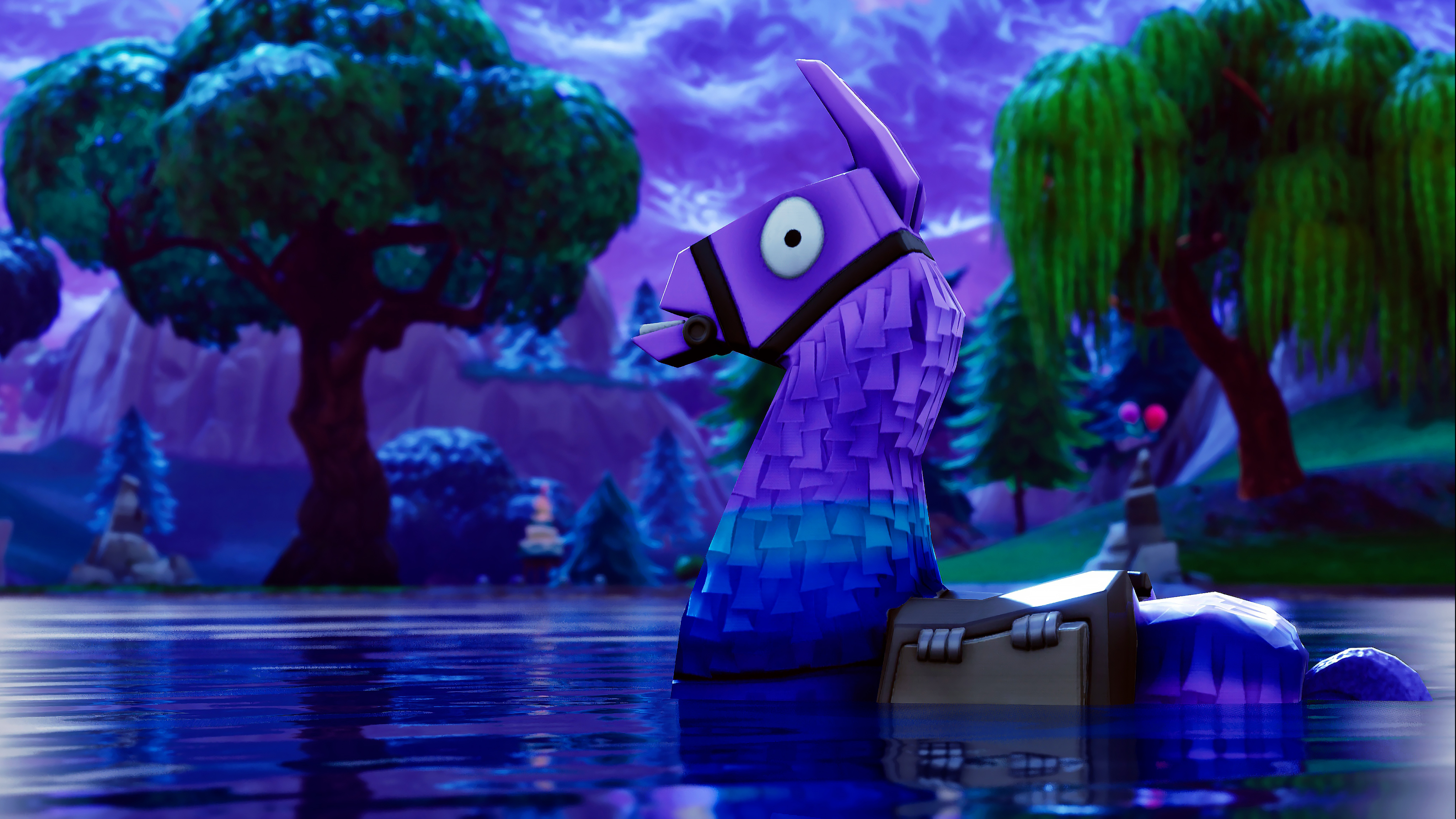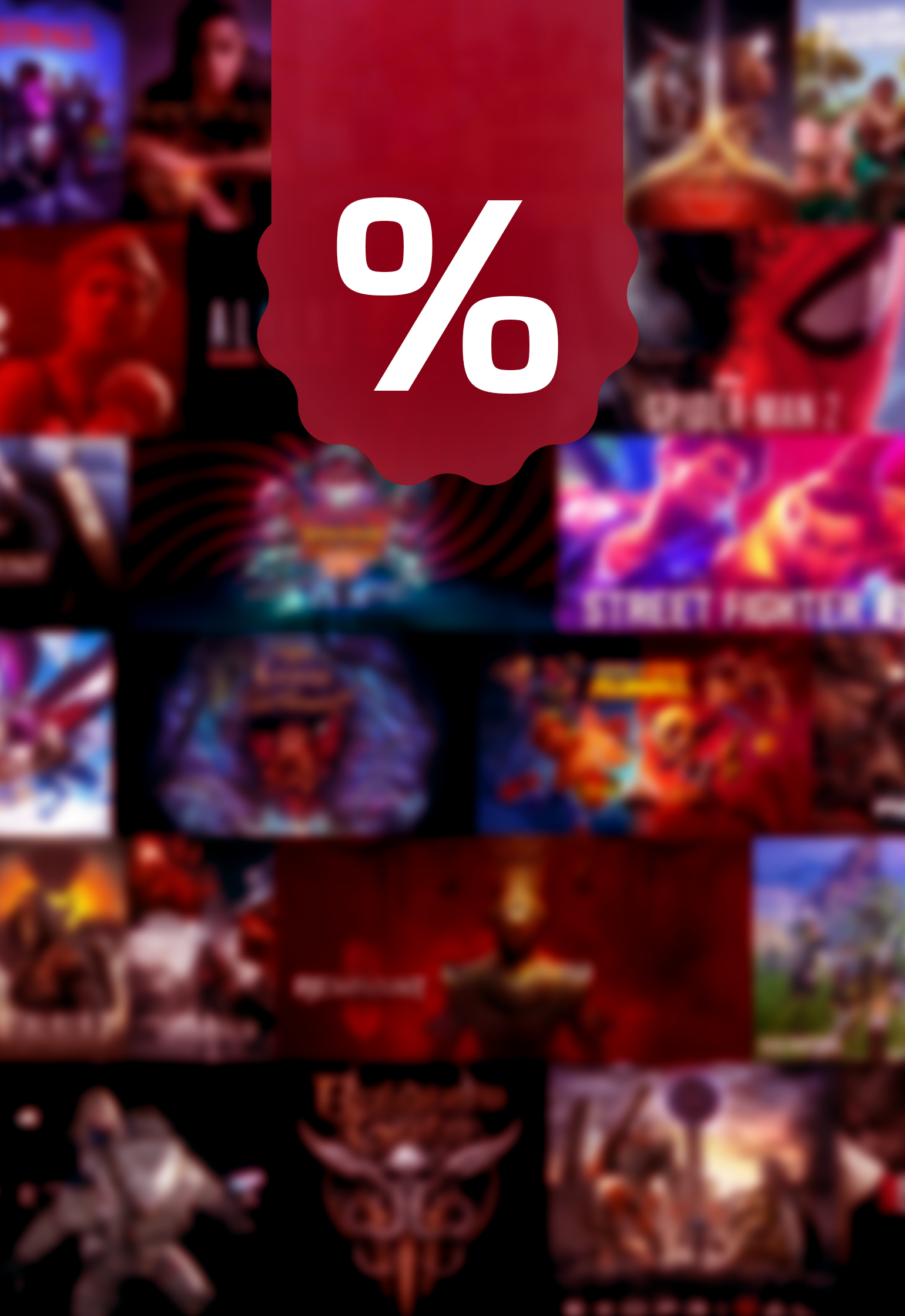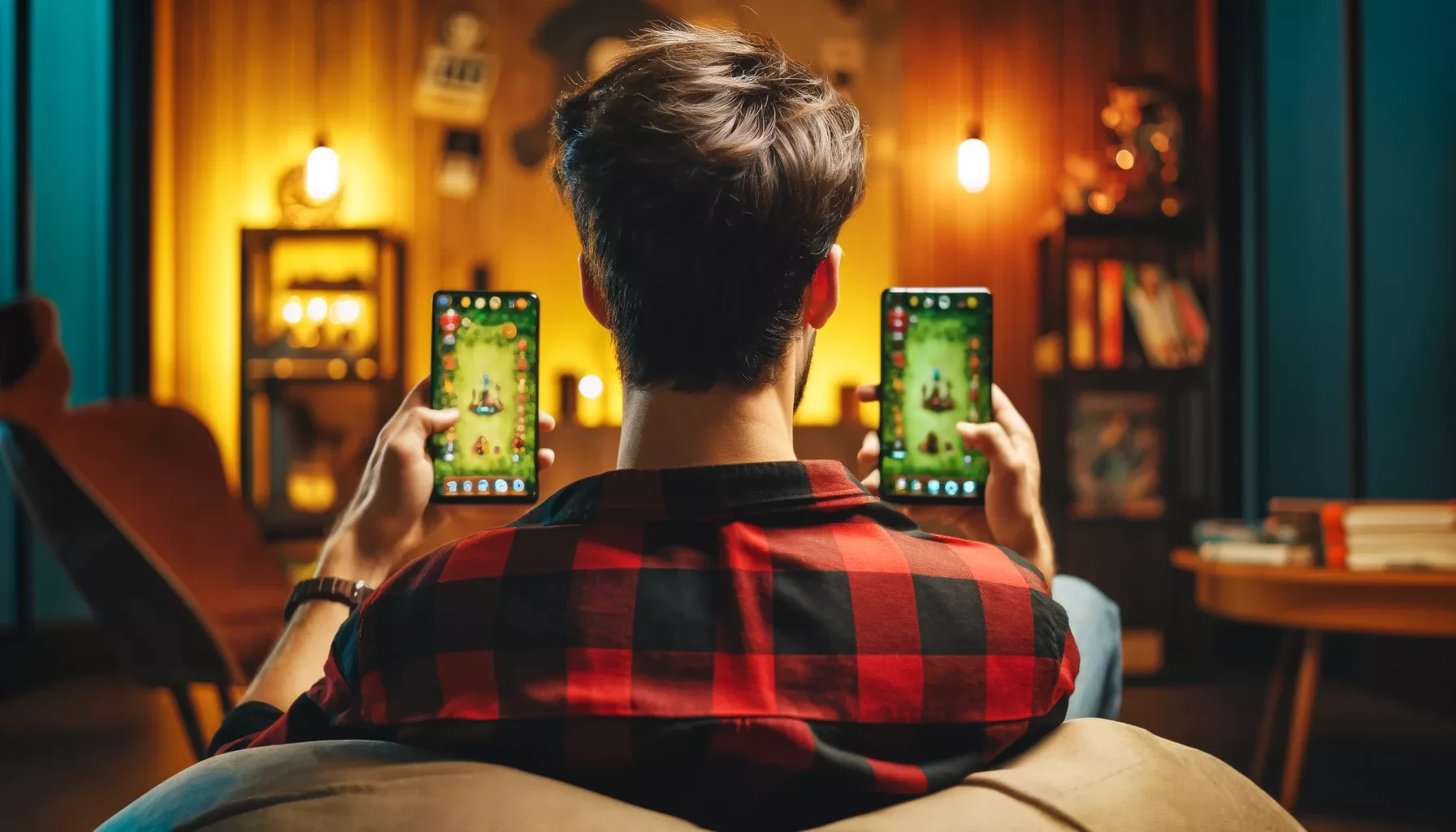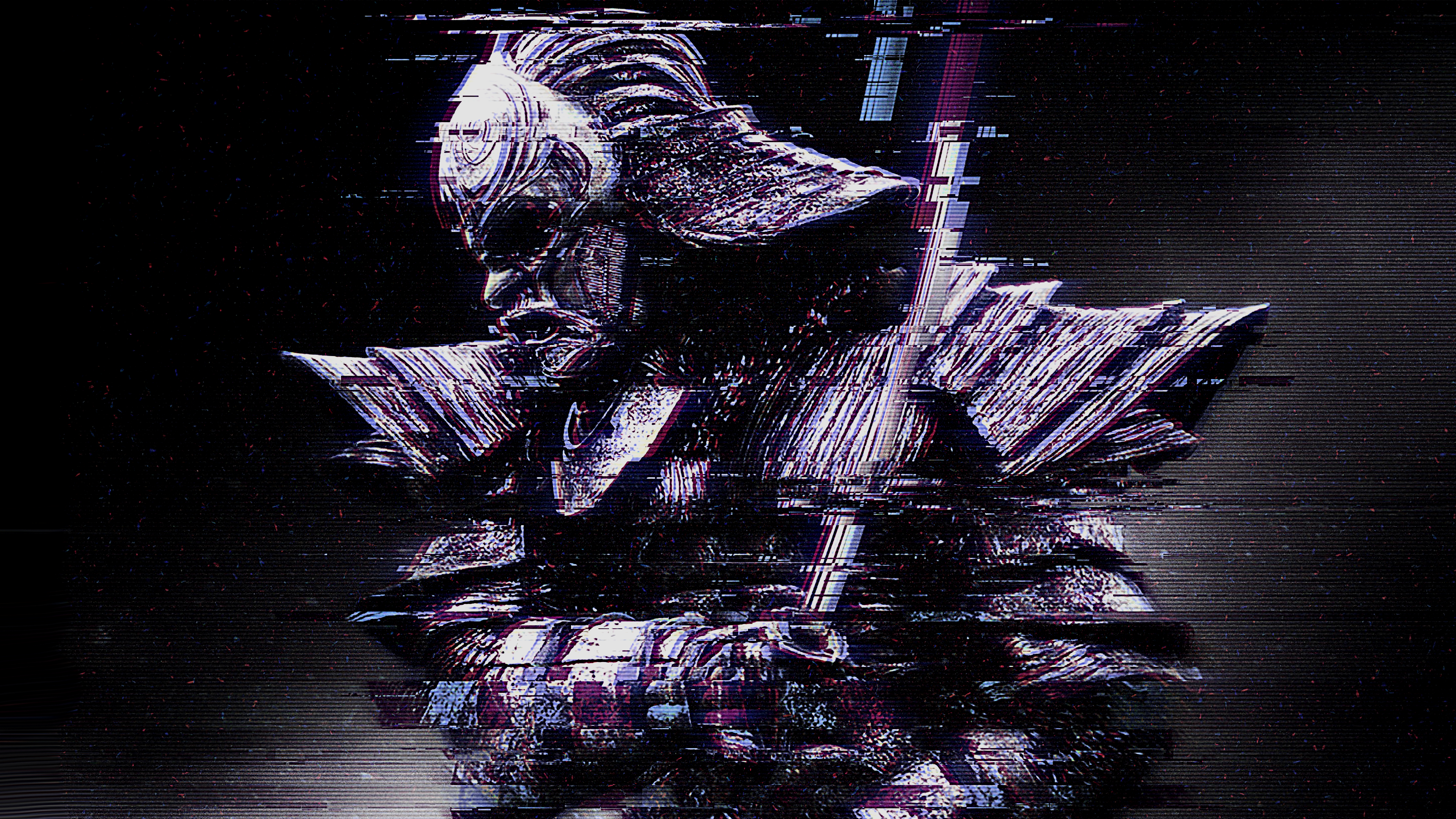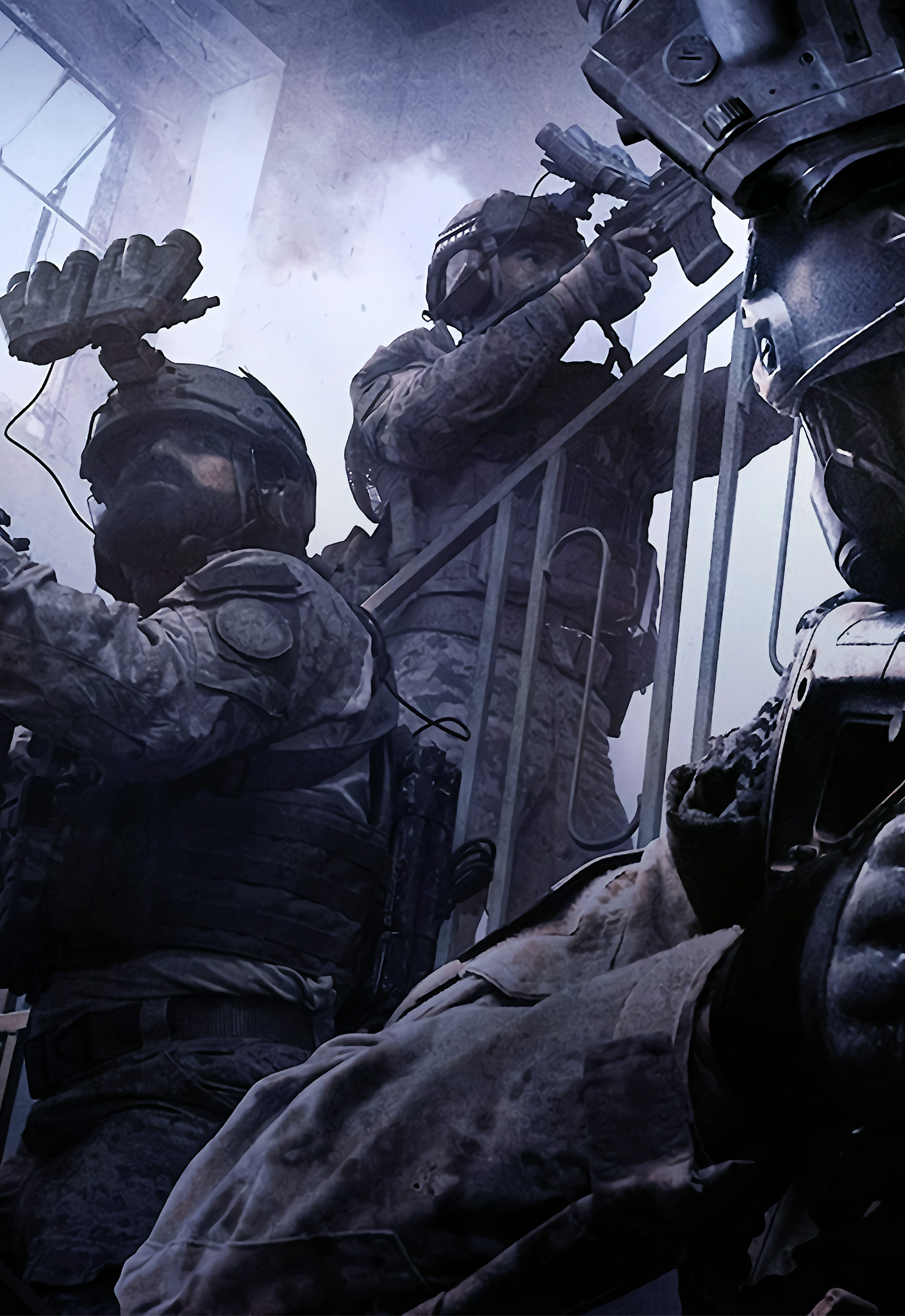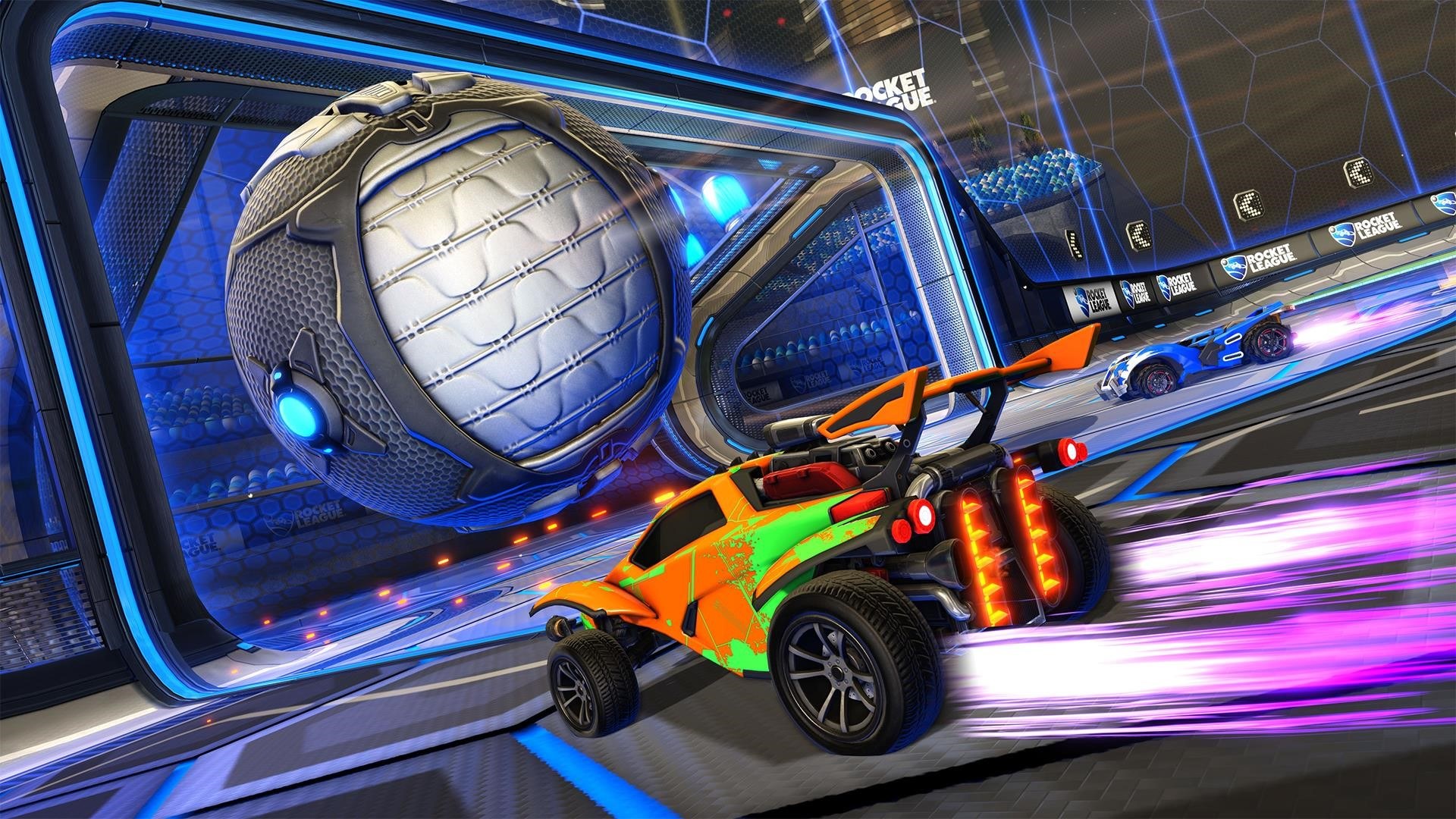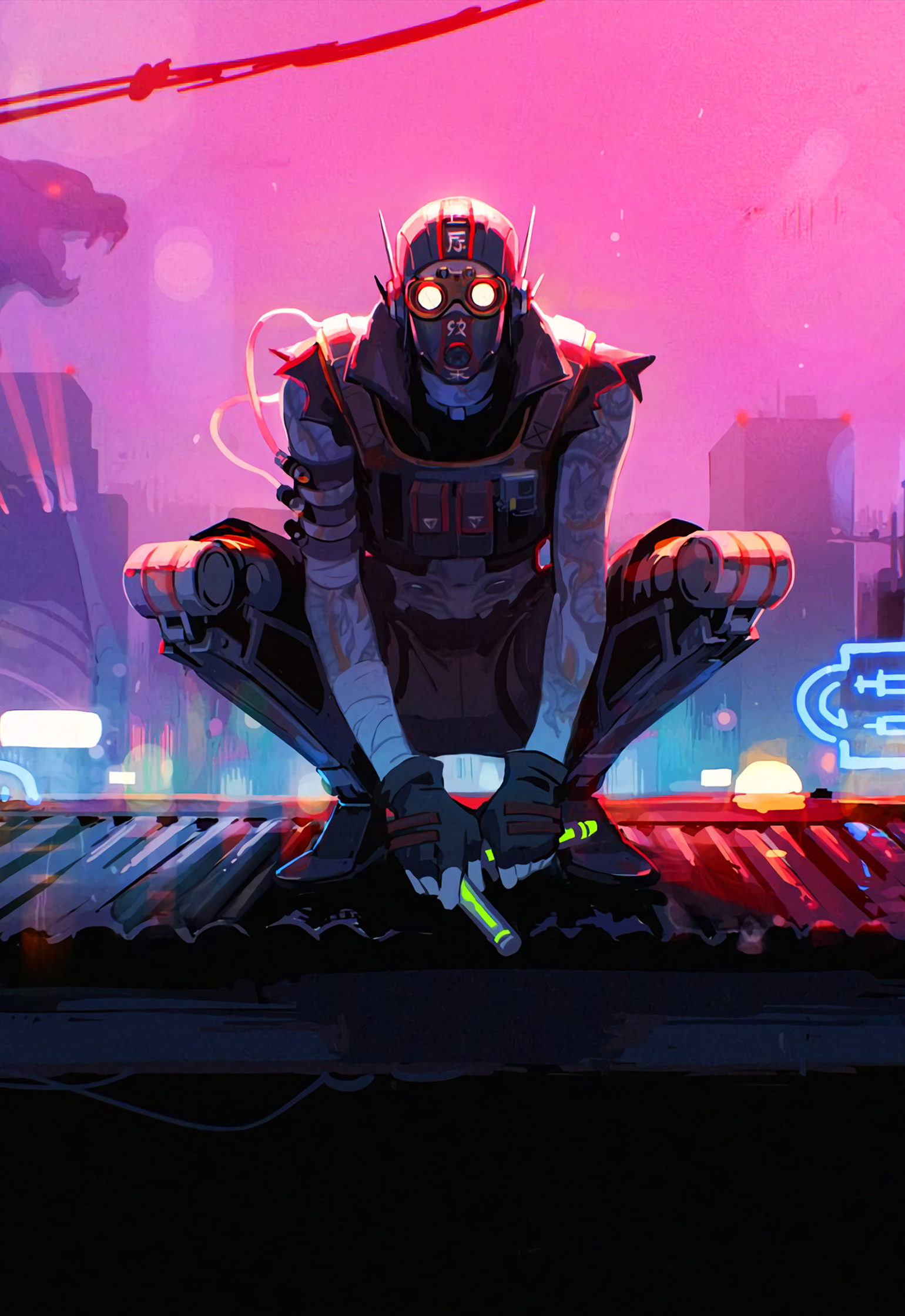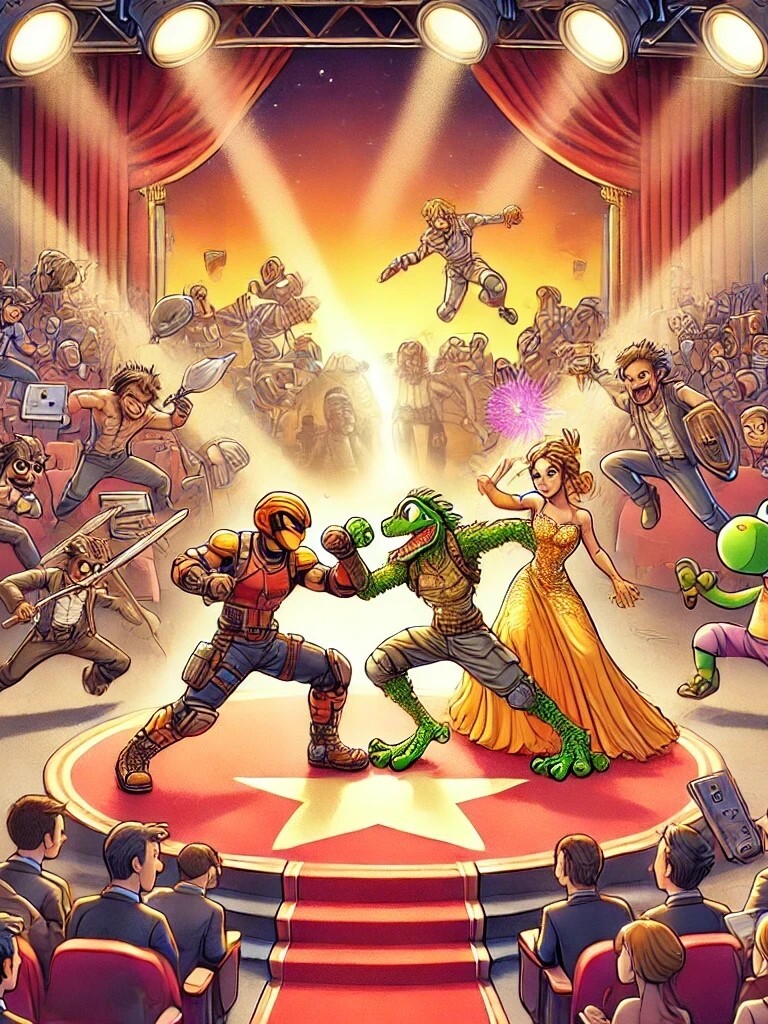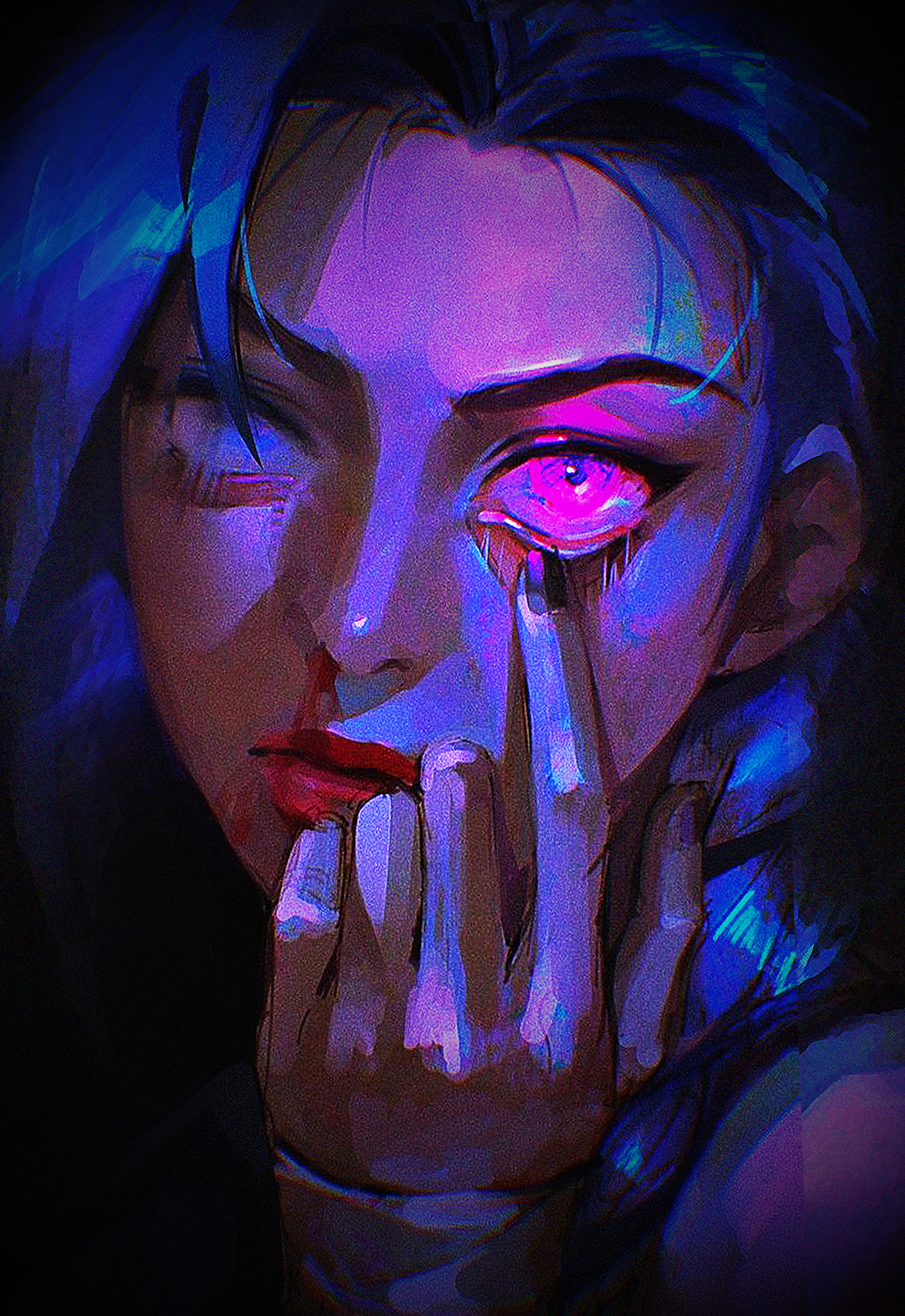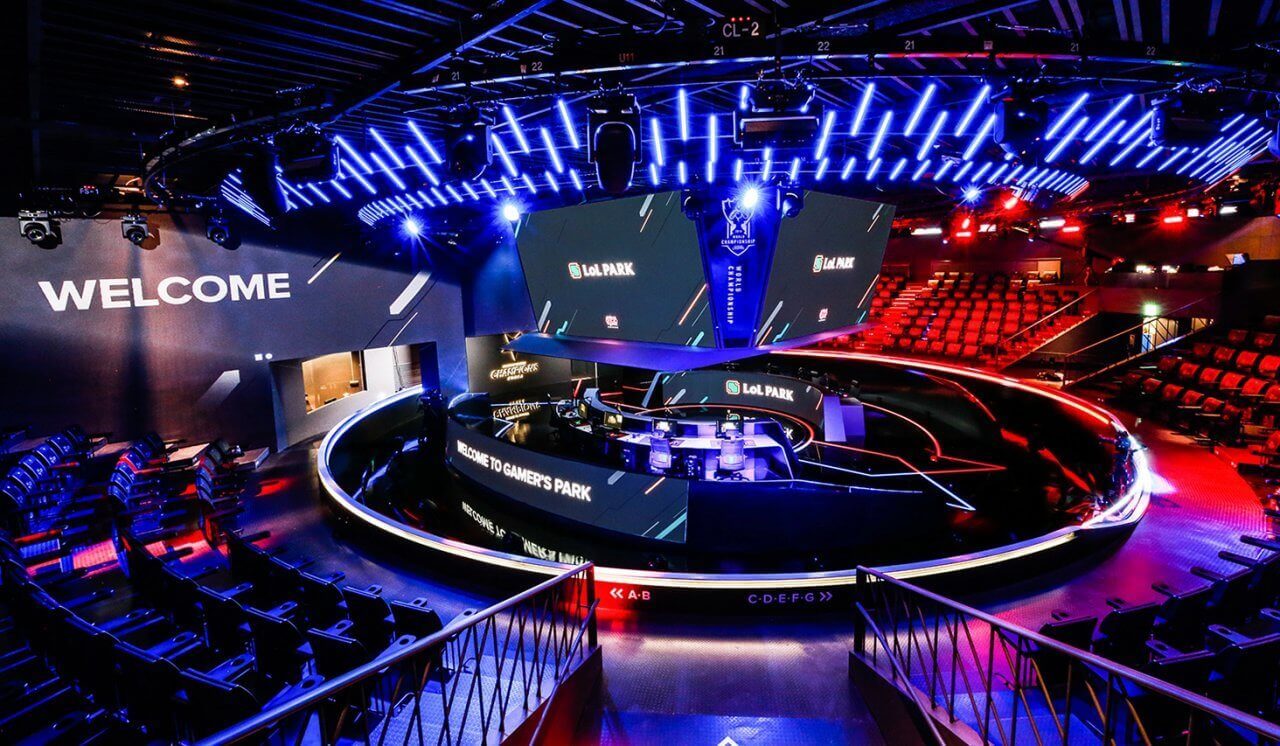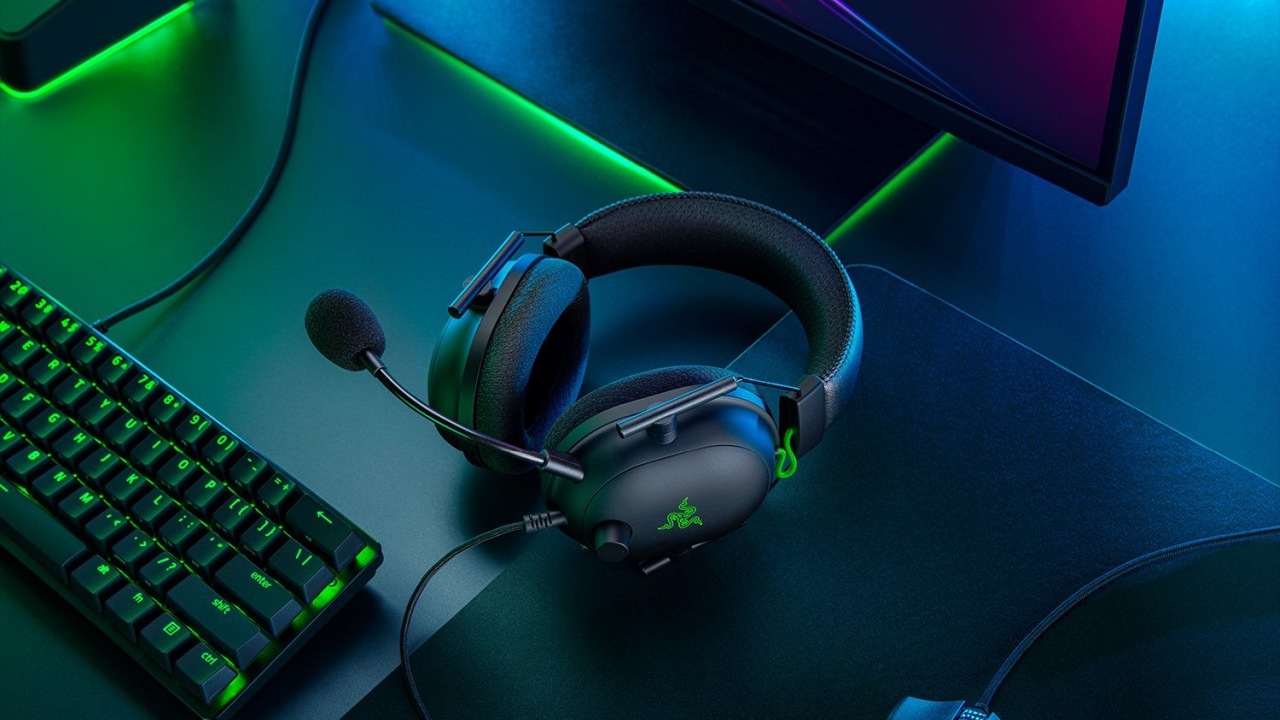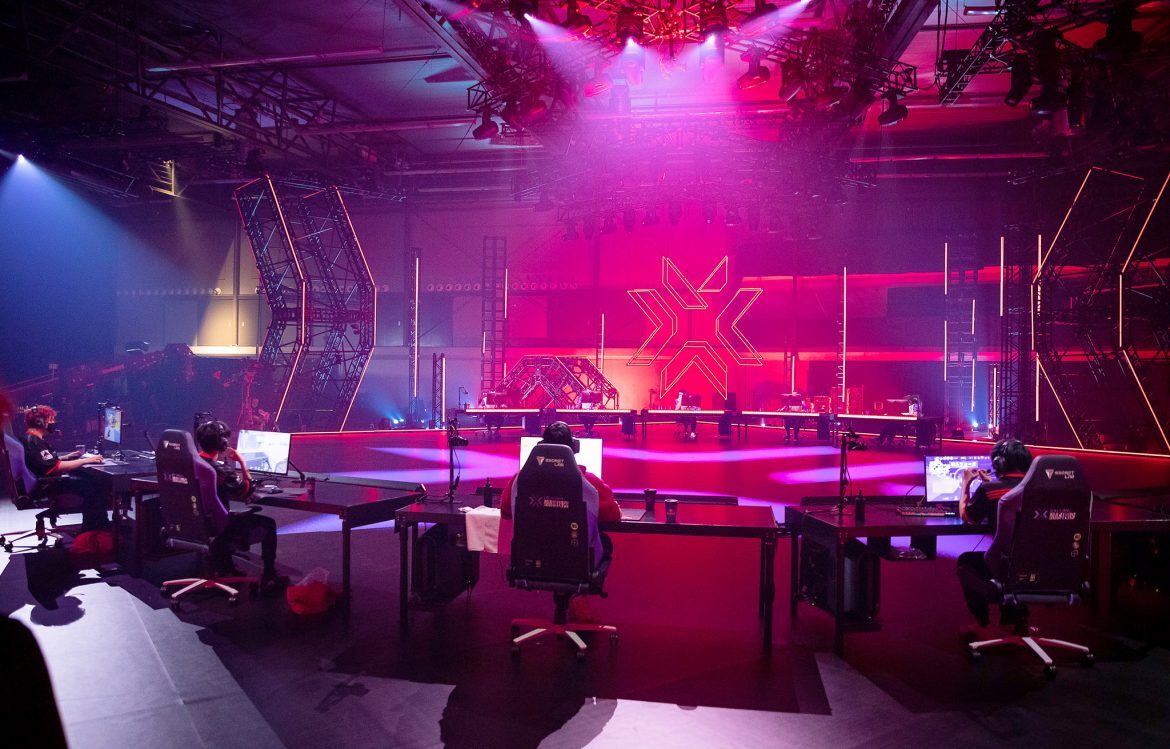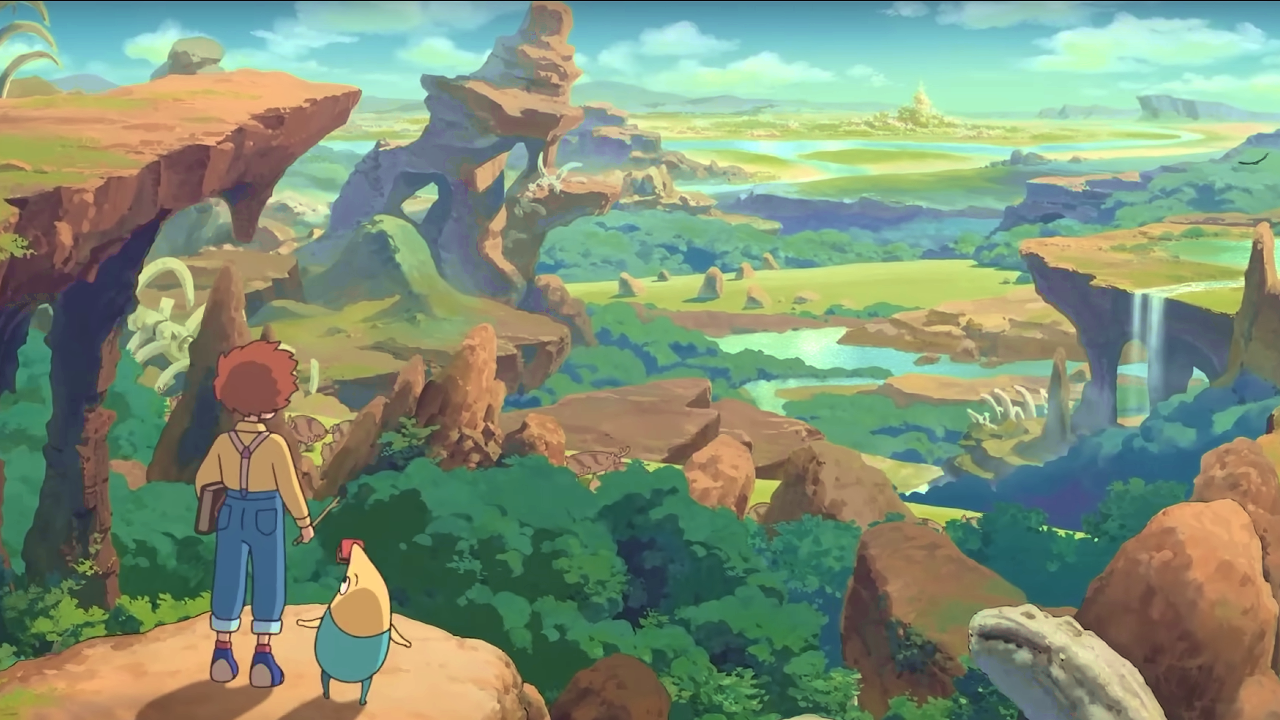If you’ve ever wished you could step into a Studio Ghibli film, this might be the closest you’ll get.
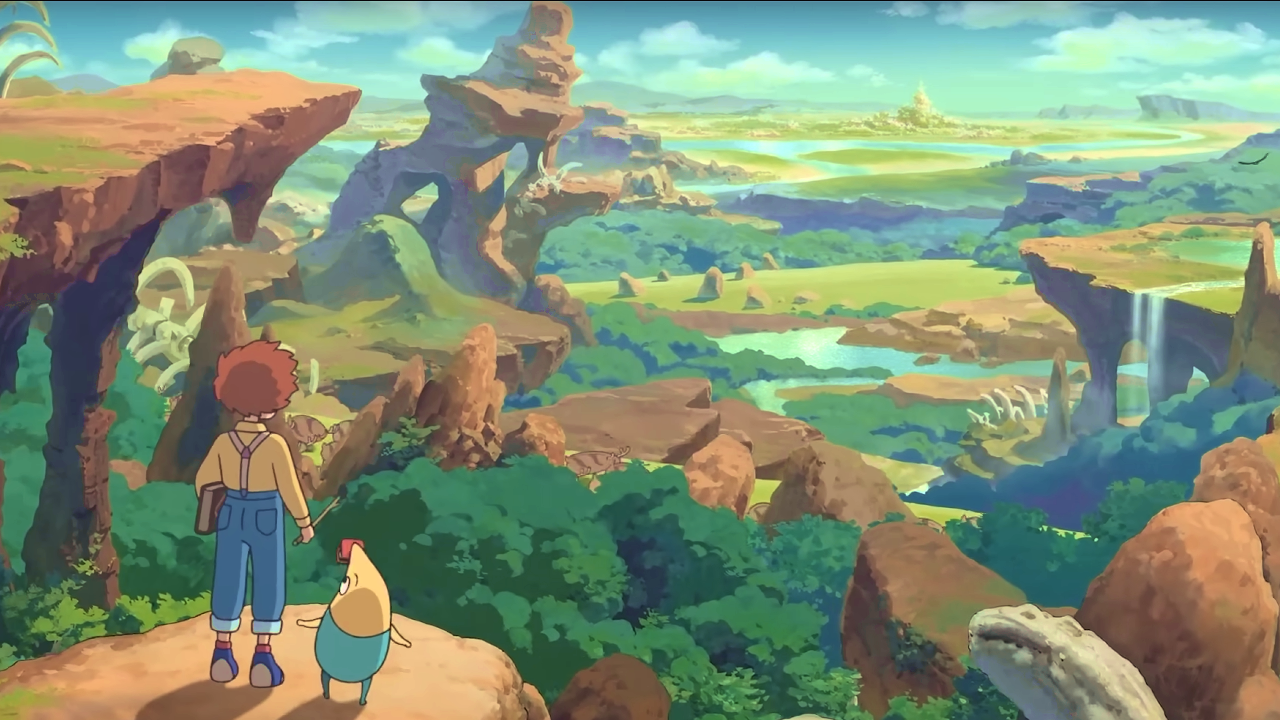
For fans of Spirited Away, My Neighbor Totoro or Howl’s Moving Castle, there’s a little-known treasure hidden within the gaming world.
And with that I mean a full-fledged video game by Level-5 (Professor Layton, Dragon Quest created in collaboration with Studio Ghibli.
The game in question is Ni no Kuni: Wrath of the White Witch. It was originally released for the PlayStation 3 in 2011 and has since been remastered for modern consoles.
In case you are so excited, that you need to see a trailer right now, you can do that here.
Wrath of the White Witch is a significantly enhanced version of the 2010 Nintendo DS game Ni no Kuni: Dominion of the Dark Djinn, Inazuma Eleven) which was originally released in Japan.
The Origins of a Unique Collaboration
The partnership between Studio Ghibli and Level-5 was born out of convenient timing and enormous creative passion.
Musician Naoya Fujimaki, who had worked with both companies, introduced Level-5 president Akihiro Hino to Studio Ghibli’s Toshio Suzuki.
As it happened, Studio Ghibli had just completed work on the movie Ponyo, and for once, their animation team had no active feature film on the schedule.
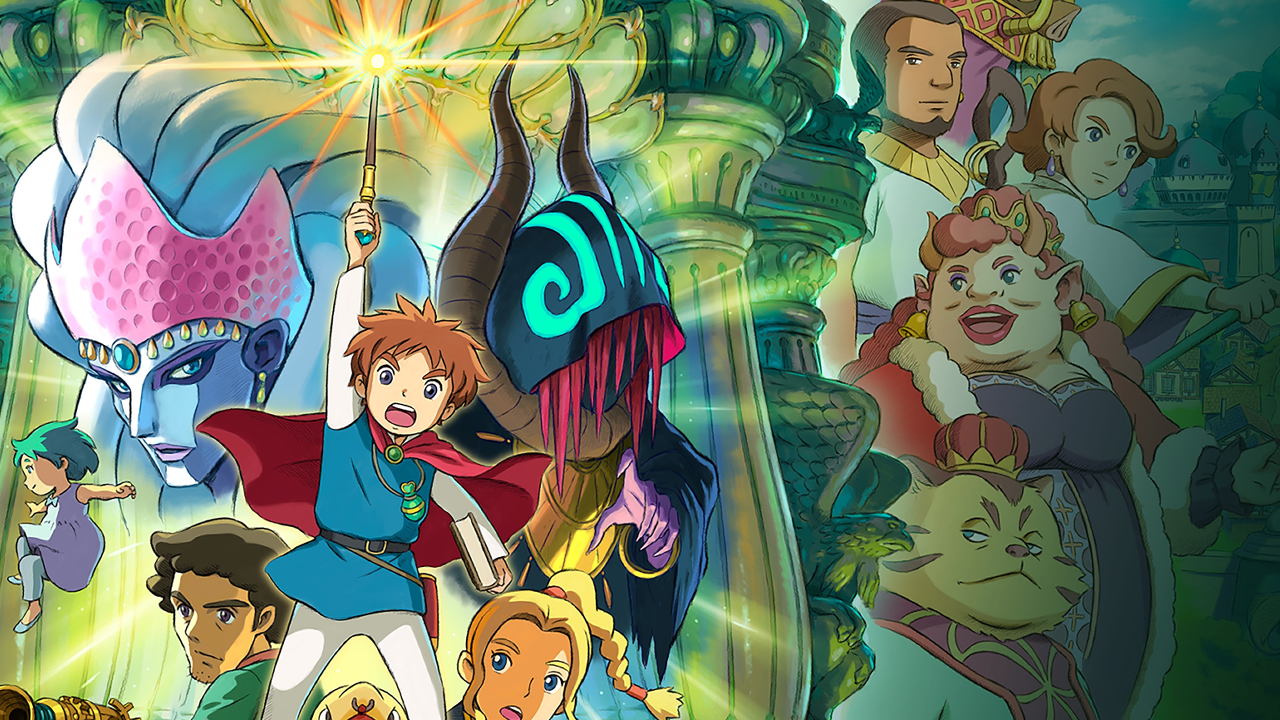
Intrigued by Hino’s passion and sincerity, Suzuki agreed to the project.
What began as a small idea blossomed into one of the most visually rich games of its generation.
A Studio Ghibli Film in Game Form
Studio Ghibli’s contribution focused almost entirely on the game’s art direction and animation. For the extra cinematic flair, they worked on animating cutscenes for major story moments in the studio's iconic style.
The cutscenes were hand-drawn using traditional methods, while the studio also provided character designs, storyboards, and cinematic direction.
“We approached the game exactly the same way we would approach one of our films.”
— Yoshiyuki Momose, Ghibli’s director of animation on the project. He contributed to the design process and directed actors during motion capture.
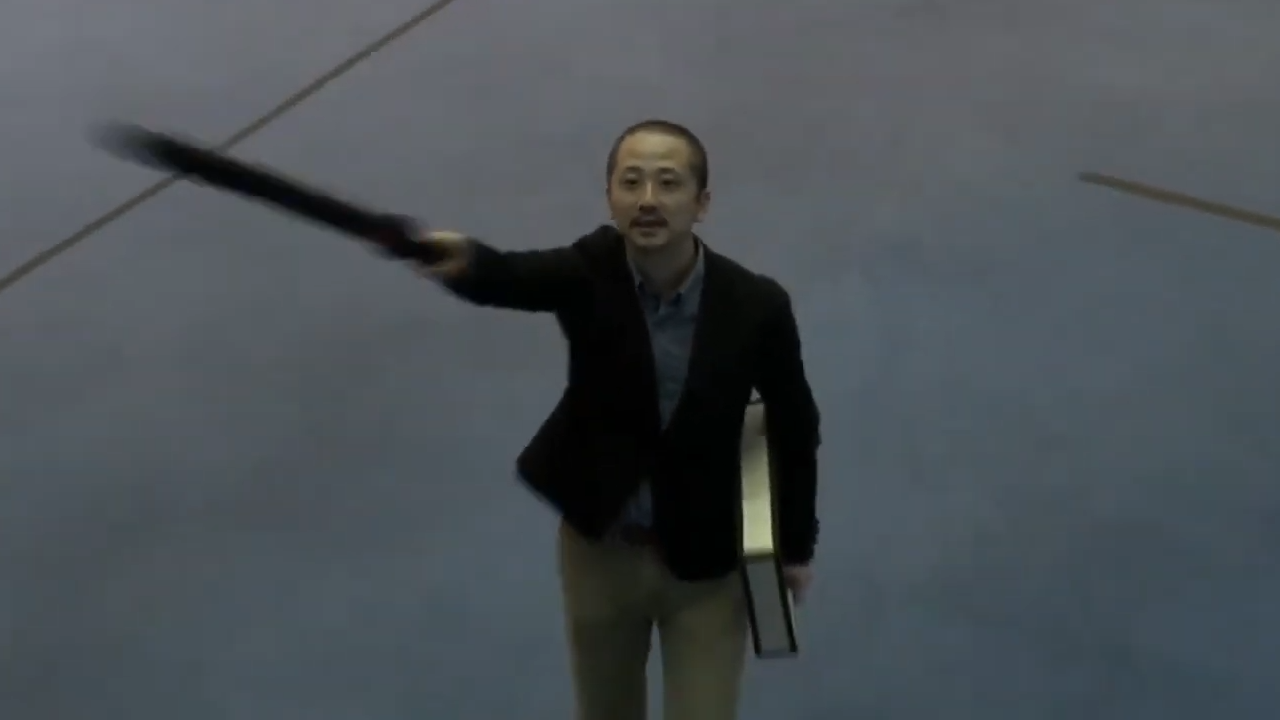
Momose admitted that working on the game pushed Ghibli into new creative territory. In a behind-the-scenes interview, he was reflecting on how the change in format offered new opportunities their usual storytelling techniques.
“In some instances, we made characters we wouldn’t normally create,...”
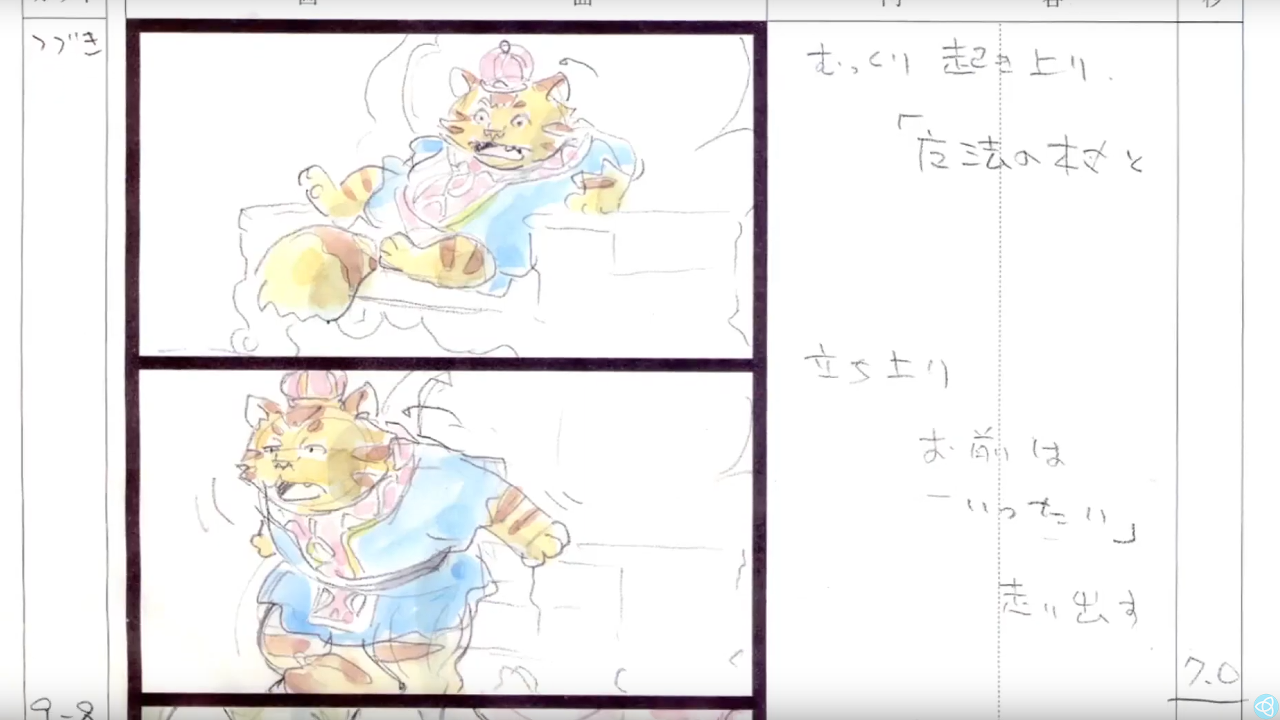
Level-5, meanwhile, was tasked with translating Ghibli’s hand-drawn world into a 3D game environment.
To maintain visual consistency, the team adjusted the color palettes, shadow effects, and animation timing of in-game scenes to match the cutscenes.
Cel shading was a particular challenge, and the developers watched Ghibli films constantly to mimic the studio’s iconic visual style.
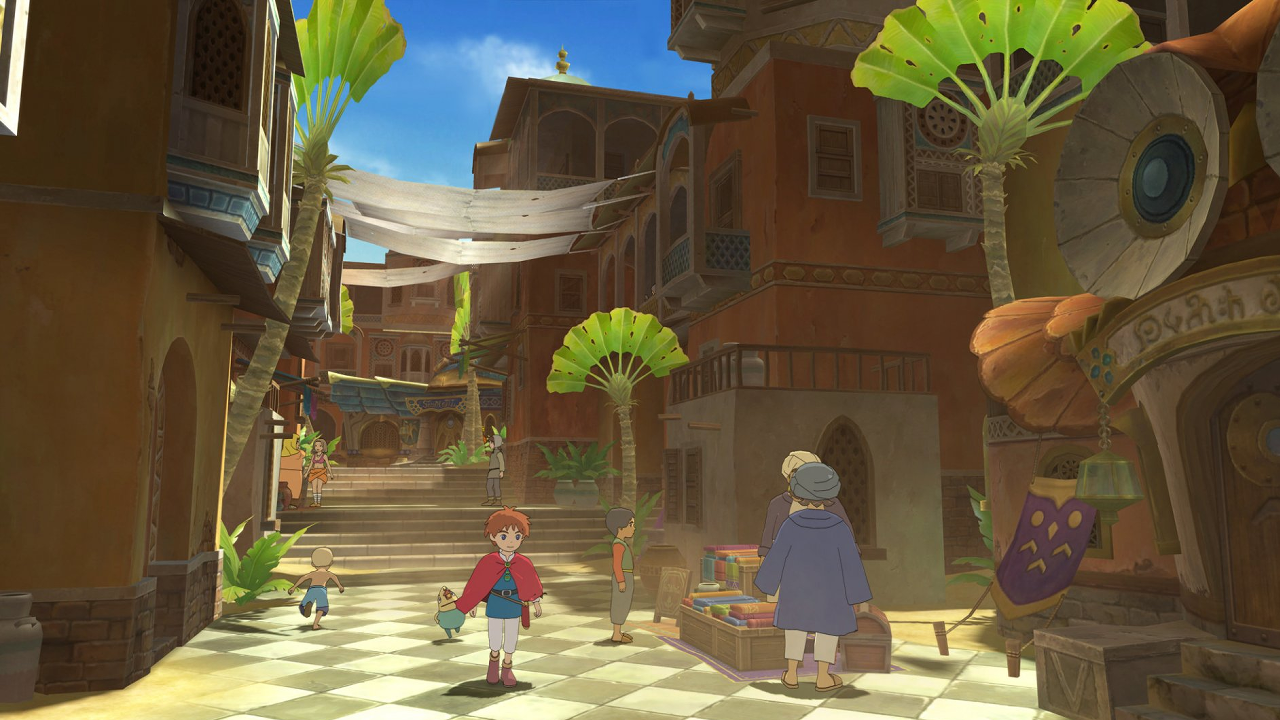
A Ghibli World Through and Through
The influence of Studio Ghibli is present in nearly every aspect of Ni no Kuni. As in many of their films, the game offers magic, whimsical creatures, talking cats and many other design characteristics unique to the studio.
A character in early game even directly resembles Ponyo. A cute reference if you ask me, and a character bears more than a passing resemblance to Howl from Howl’s Moving Castle.
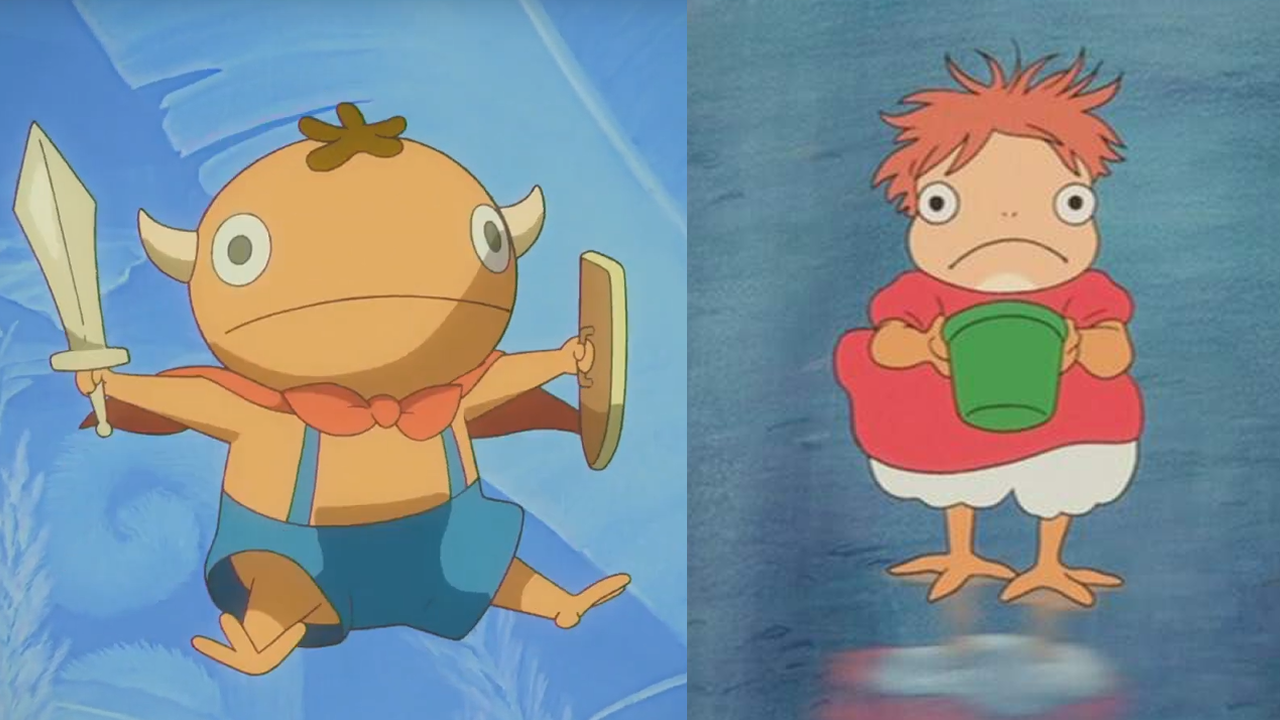
More broadly, the entire game's story-concept revolving around the power of emotion is reminiscent of Ghibli’s recurring themes.
The idea that people lose parts of themselves and must recover them through magic seems very on brand for the studio.
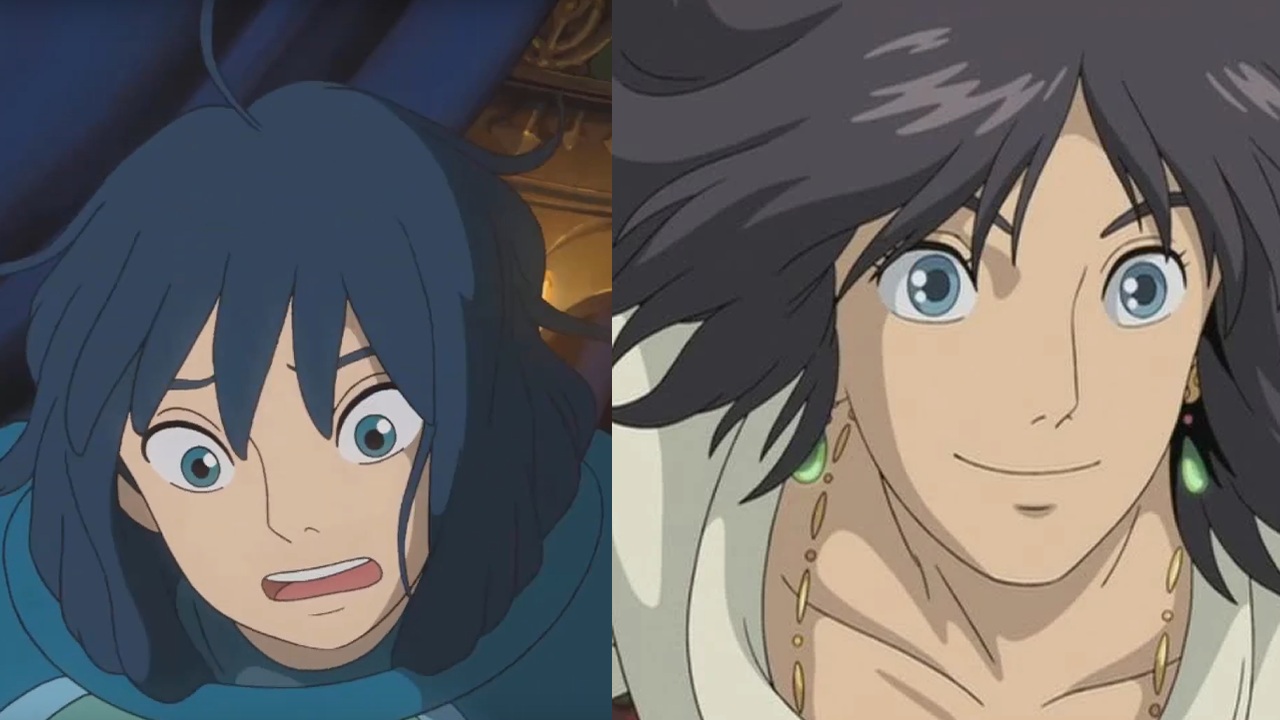
A Story About Love And Loss
The game follows Oliver, a 13-year-old boy living in the quiet town called Motorville.
When a tragic accident causes the sudden death of his mother, Oliver is devastated. In the midst of his grief, his childhood toy, a stuffed fairy named Drippy, springs to life and reveals that he comes from another world under threat by the evil sorcerer Shadar.
Drippy believes that if Oliver can save his mother’s soulmate in the magical world, a great sage named Alicia, then he might be able to bring her back in the real world. What follows is an epic journey across two parallel worlds filled with danger, and heart.
Though the framework of the story was already in place before Ghibli joined the project, the studio was involved in discussions about key scenes and contributed to shaping the emotional weight of the ending.
Gameplay: A World Worth Exploring
Ni no Kuni is an action role-playing game that breaks away from traditional turn-based mechanics.
Players control Oliver and his party in real-time battles using magical weapons, and “familiars” – creatures that can be captured and evolved much like the one's in Pokémon-games.
Each familiar has unique strengths and abilities, and they play a crucial role in combat.
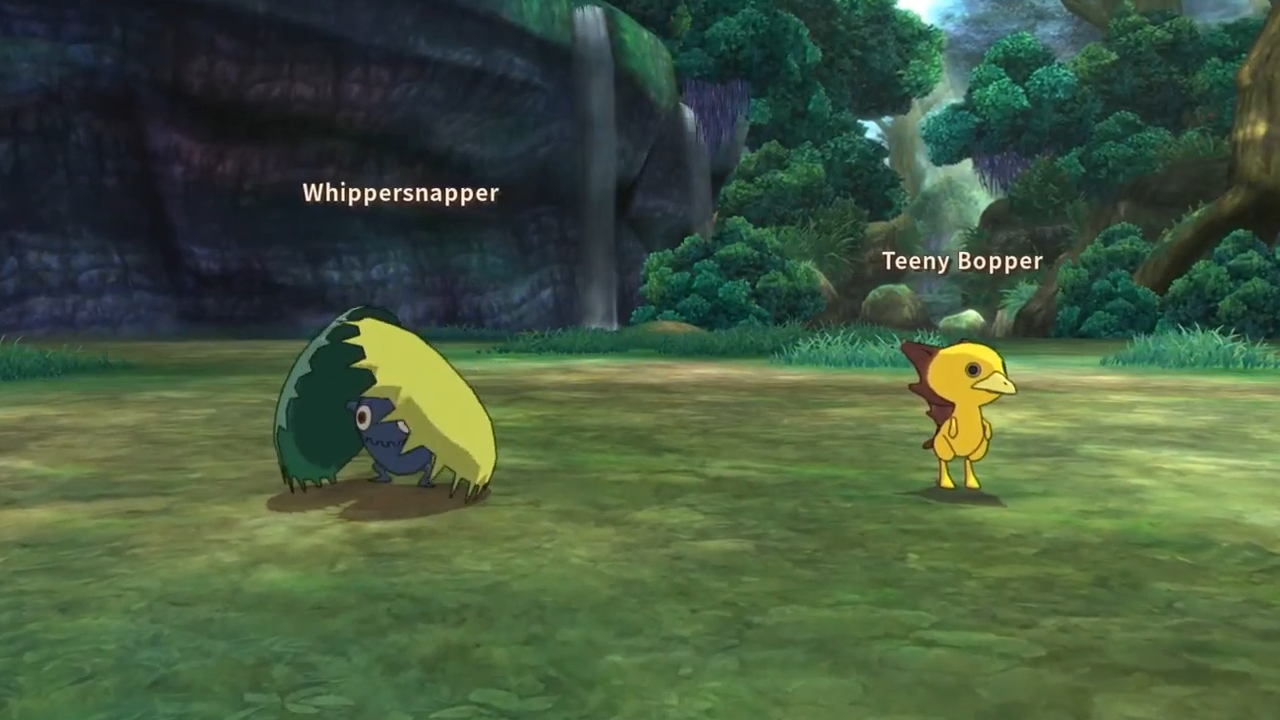
The game rewards strategic thinking: choosing the right familiar and pairing it with the right human character can make all the difference in battle.
Outside of combat, the game invites exploration. Players can roam a huge overworld, explore dungeons, visit multiple whimsical towns, and solve puzzles. They can also return to Motorville to uncover secrets and connect the dots between the two worlds.
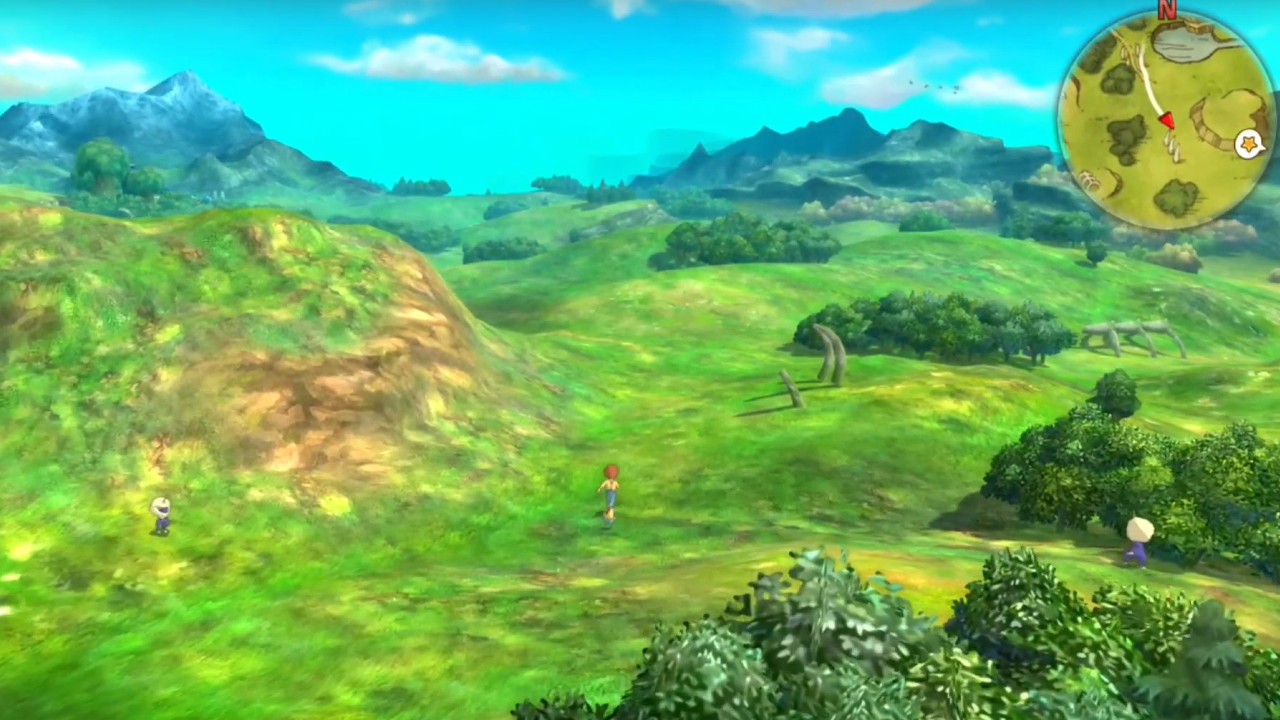
Transportation evolves with the story, allowing travel by foot, boat, and eventually dragon. The world is packed with hidden chests, side quests, and moments of discovery that reward curiosity
The Music: Hisaishi’s Magic Touch
Ghibli’s legendary composer, Joe Hisaishi, wrote the game’s original score, recording it with the Tokyo Philharmonic Orchestra. It marked his first full-length game soundtrack.
“I felt that it was going to be a very exciting project,”
Hisaishi said in a Behind the Scenes.
Talking about the tone of the soundtrack, he recalls:
“The music was meant to have a certain elegance, based on traditional Irish folk music among others. Something nostalgic, but still connected to the future.”
Reportedly, he composed 21 songs in just seven days.
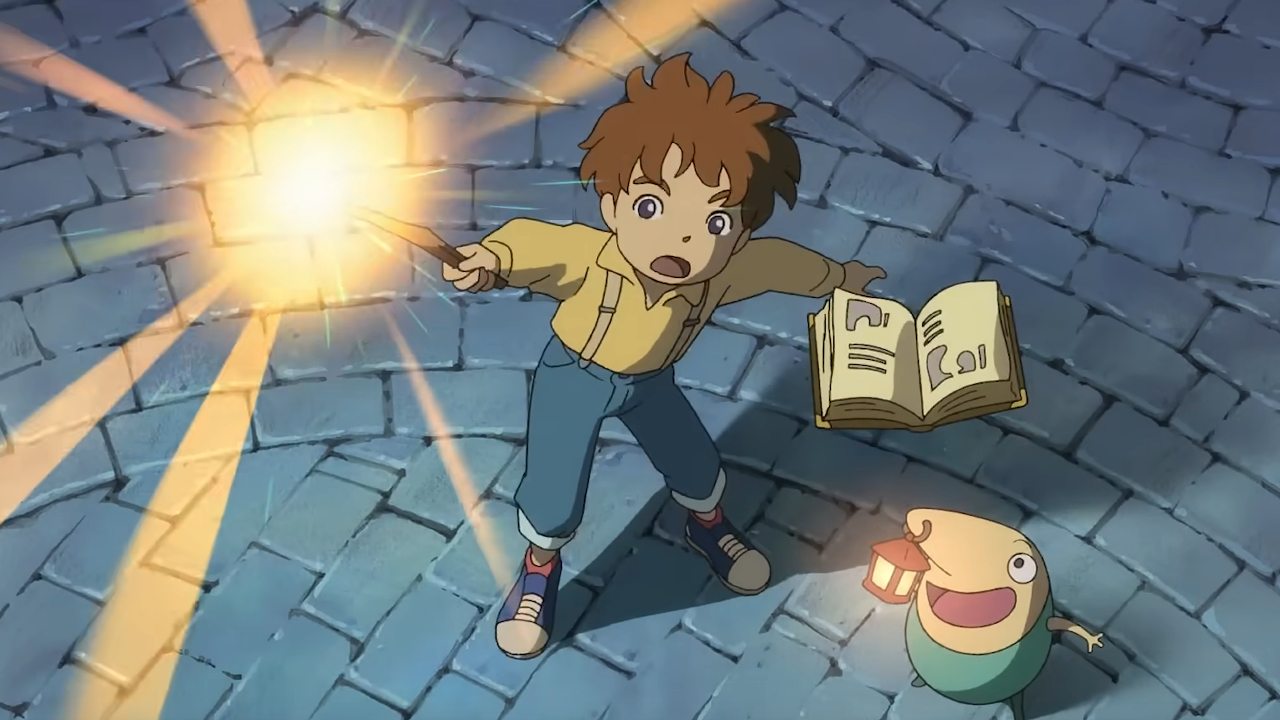
What Came After
Ni no Kuni: Wrath of the White Witch received overwhelming approval. Critics particularly praised the game’s art direction and innovative battle system.
The game went on to win multiple awards, including Best RPG and Best Visual Design. It remains one of the most beloved JRPGs of the 2010s and is renowned for bringing Ghibli's magic to life.
In 2018, Level-5 released a second game called Ni no Kuni II: Revenant Kingdom, which expanded on the world and gameplay mechanics – but notably, Studio Ghibli did not return.
While the sequel maintained the aesthetic, many fans felt the emotional depth and visual magic of the first was unmatched.
If Ghibli ever collaborated on another game, what kind of world would you want to explore?
Tell us in the comments!
